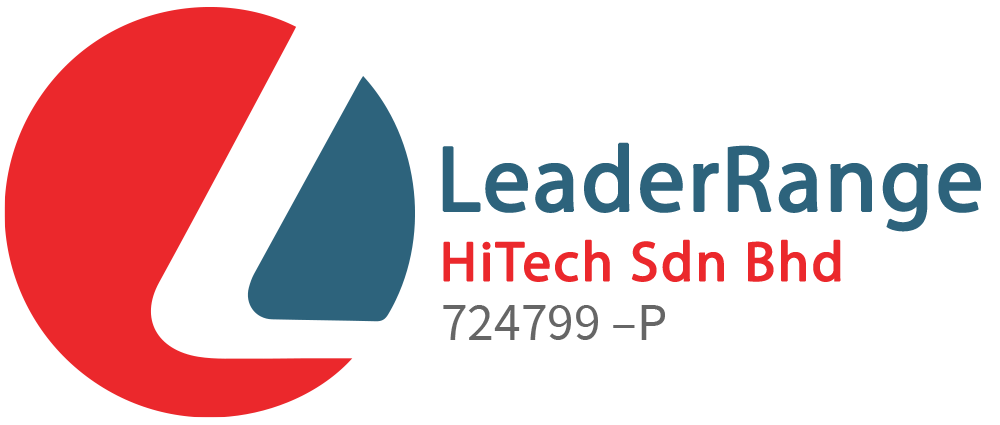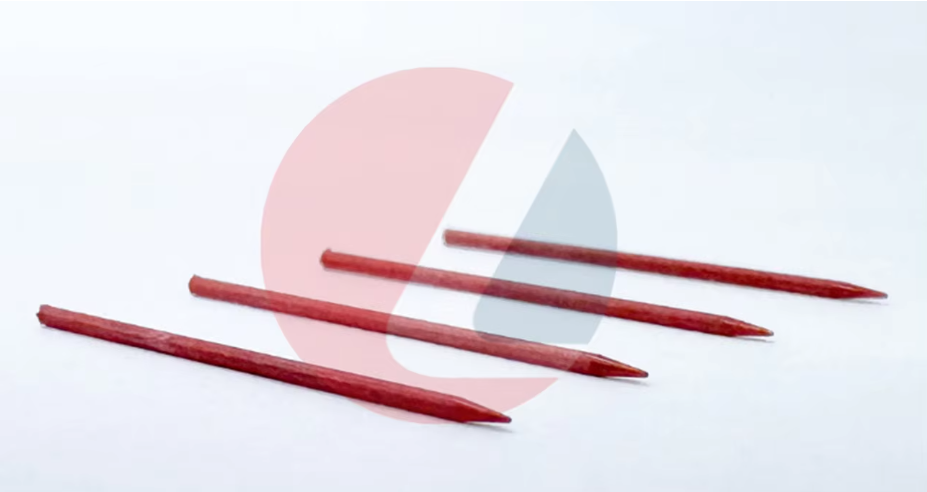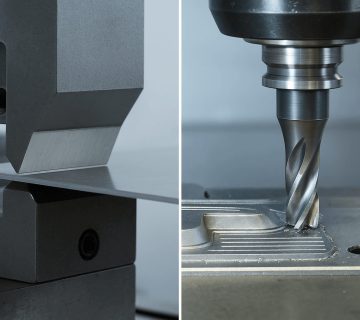In the semiconductor industry, ejector needles play a pivotal role in the manufacturing process. These components have undergone significant evolution, transitioning from manual handling tools to precision-engineered instruments. This article explores the development of ejector needles, highlighting their impact on semiconductor manufacturing.
The Early Days: Manual Handling in Semiconductor Manufacturing
Initially, semiconductor manufacturing relied heavily on manual processes. Operators used basic tools to handle and position delicate components, including early forms of ejector needles. This manual approach presented several challenges:
- Inconsistency: Variations in human handling led to irregular force application, affecting product quality.
- Damage Risk: Delicate semiconductor dies were susceptible to damage from manual handling errors.
- Limited Scalability: Manual processes constrained production speed, hindering the industry’s ability to meet growing demand.
The need for more reliable and efficient methods became evident as the semiconductor sector expanded.
The Introduction of Mechanized Ejector Needles
To address the limitations of manual handling, the industry began integrating mechanized systems. Early mechanized ejector needles offered improvements such as:
- Consistent Force Application: Mechanization reduced variability, ensuring uniform handling of components.
- Enhanced Precision: Automated systems allowed for finer control, reducing the risk of damage to semiconductor dies.
- Increased Production Rates: Automation enabled faster processing times, aligning with the industry’s scaling needs.
These advancements marked a significant shift towards more reliable semiconductor manufacturing processes.
The Shift to High-Precision Engineering
As semiconductor devices became increasingly complex and miniaturized, the demand for precision grew. This led to the development of high-precision ejector needles featuring:
- Advanced Materials: Utilization of materials like tungsten carbide enhanced durability and performance.
- Refined Geometries: Precision engineering allowed for the creation of ultra-fine needle tips suitable for handling microscopic components.
- Specialized Coatings: Coatings reduced friction and wear, extending the lifespan of the needles.
These innovations ensured that ejector needles could meet the stringent requirements of modern semiconductor manufacturing.
Modern Ejector Needles: Innovation and Technological Breakthroughs
Today, ejector needles are at the forefront of technological innovation, incorporating features such as:
- AI-Driven Automation: Integration with artificial intelligence allows for real-time adjustments and optimization during manufacturing.
- Smart Sensors: Embedded sensors monitor performance, enabling predictive maintenance and reducing downtime.
- Customization: Manufacturers can tailor ejector needles to specific applications, enhancing compatibility and efficiency.
These advancements have solidified the role of ejector needles as critical components in achieving high-yield semiconductor production.
The Impact on Semiconductor Manufacturing
The evolution of ejector needles has significantly improved semiconductor manufacturing, making processes more efficient, precise, and scalable. One of the key benefits is higher yield, as precision handling reduces defects and ensures better-quality semiconductor components. Additionally, automation and advanced engineering have enhanced efficiency, streamlining production workflows and minimizing delays.
Another crucial advancement is miniaturization, where modern ejector needles facilitate the production of smaller, more intricate semiconductor devices. These innovations are essential for meeting the growing technological demands across industries that rely on semiconductor technology.
The Future of Ejector Needles in Precision Engineering
Looking ahead, the development of ejector needles is poised to continue, focusing on:
- Nanotechnology Integration: Incorporating nanomaterials to achieve even greater precision and durability.
- Sustainable Materials: Exploring eco-friendly alternatives without compromising performance.
- Enhanced AI Capabilities: Leveraging artificial intelligence for self-optimizing systems that adapt to varying manufacturing conditions.
These future advancements will further align ejector needle technology with the evolving needs of the semiconductor industry.
Conclusion
The journey of ejector needles from manual tools to precision-engineered components underscores their vital role in semiconductor manufacturing. Continuous innovation in their design and functionality has addressed industry challenges, leading to improved efficiency, quality, and scalability. As technology progresses, ejector needles will remain integral to the advancement of semiconductor production, meeting the demands of an ever-evolving technological landscape.
LeaderRange Hitech Sdn Bhd
Upgrade your semiconductor manufacturing with high-precision ejector needles for superior accuracy and efficiency. Optimize your process today!


